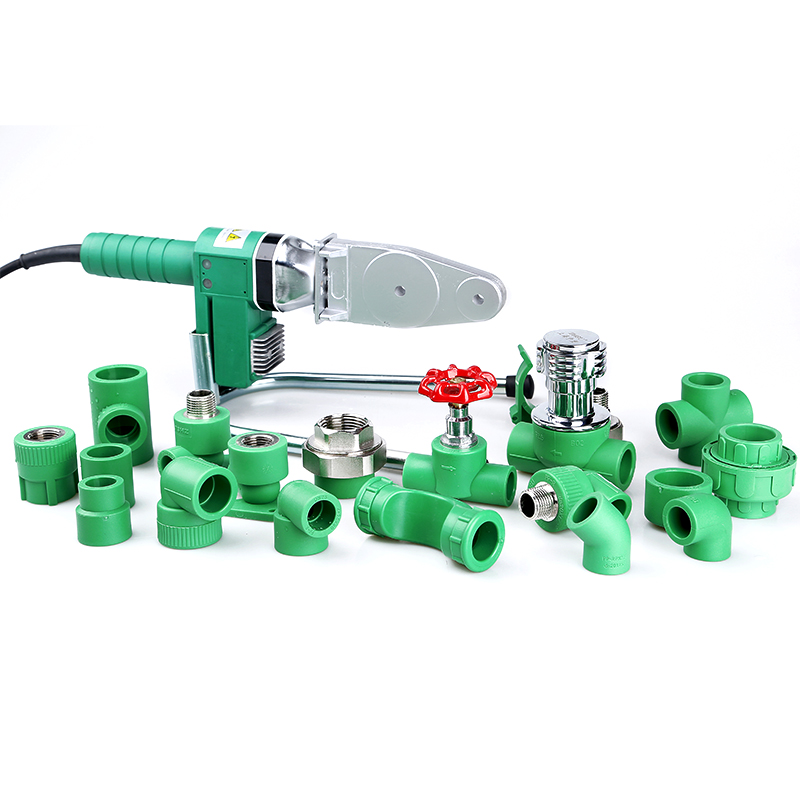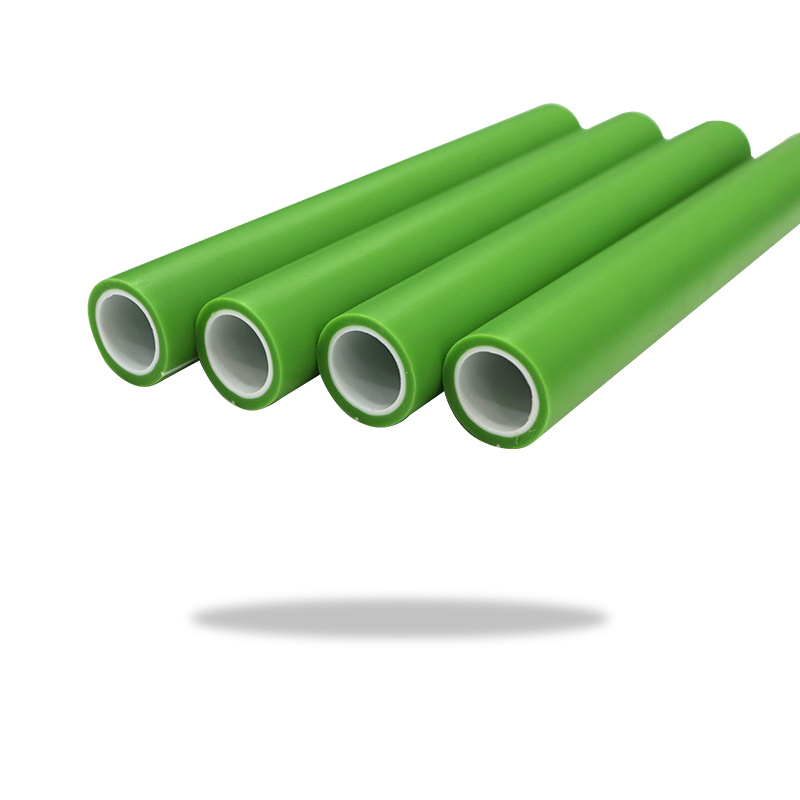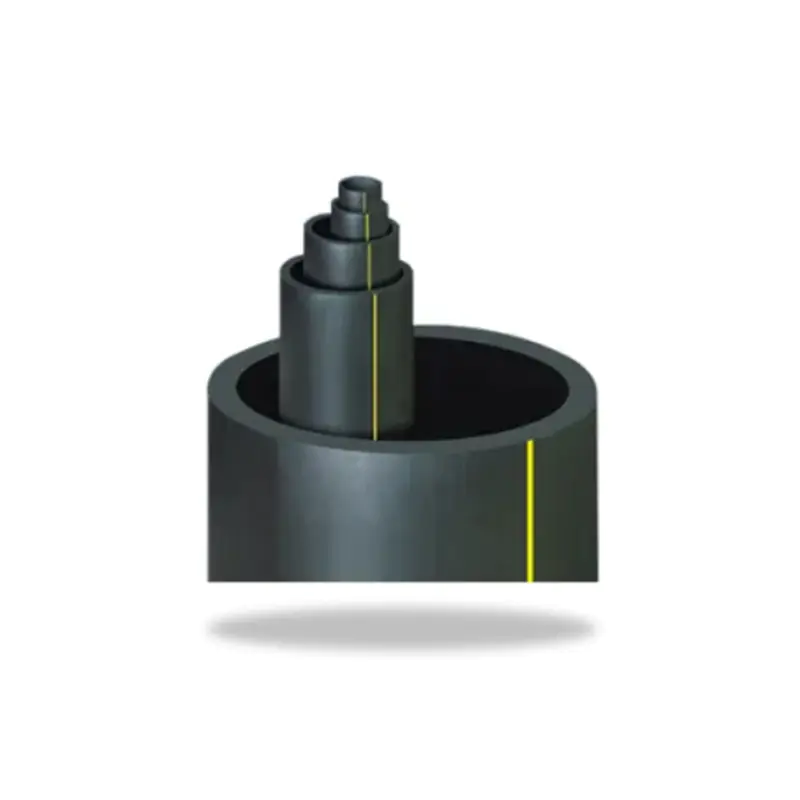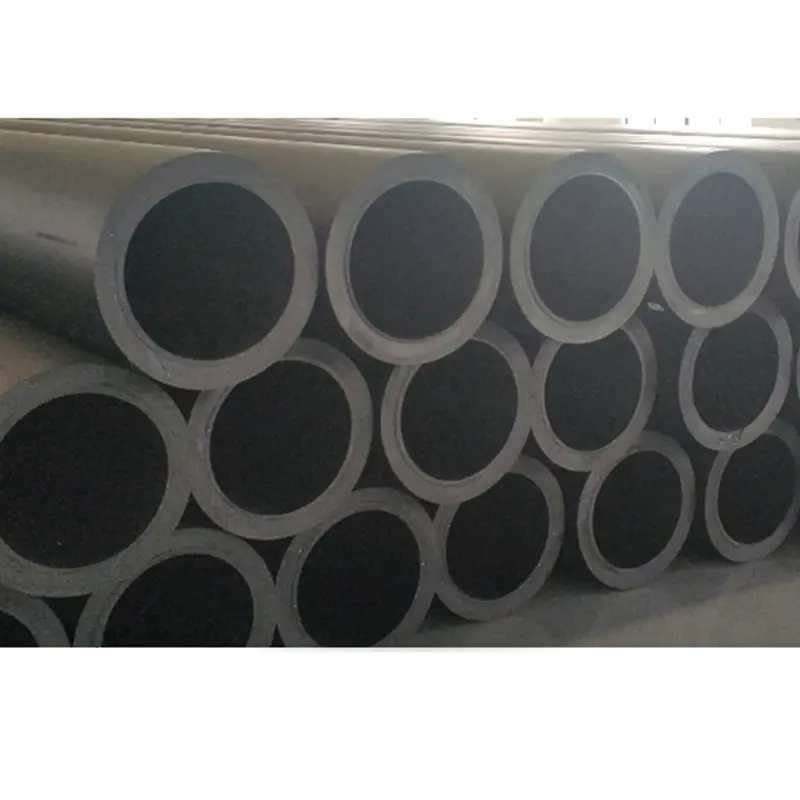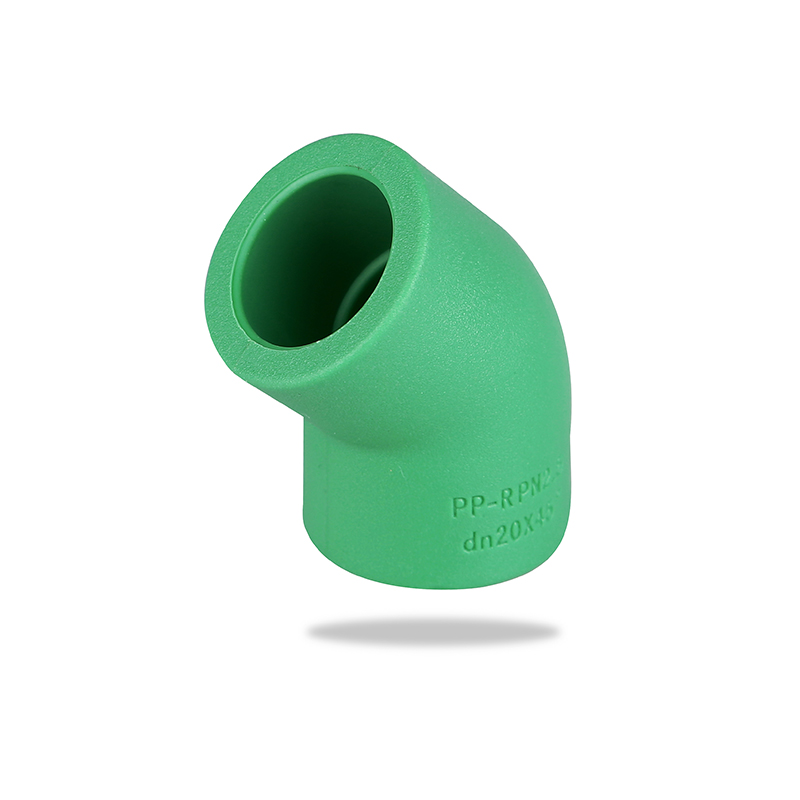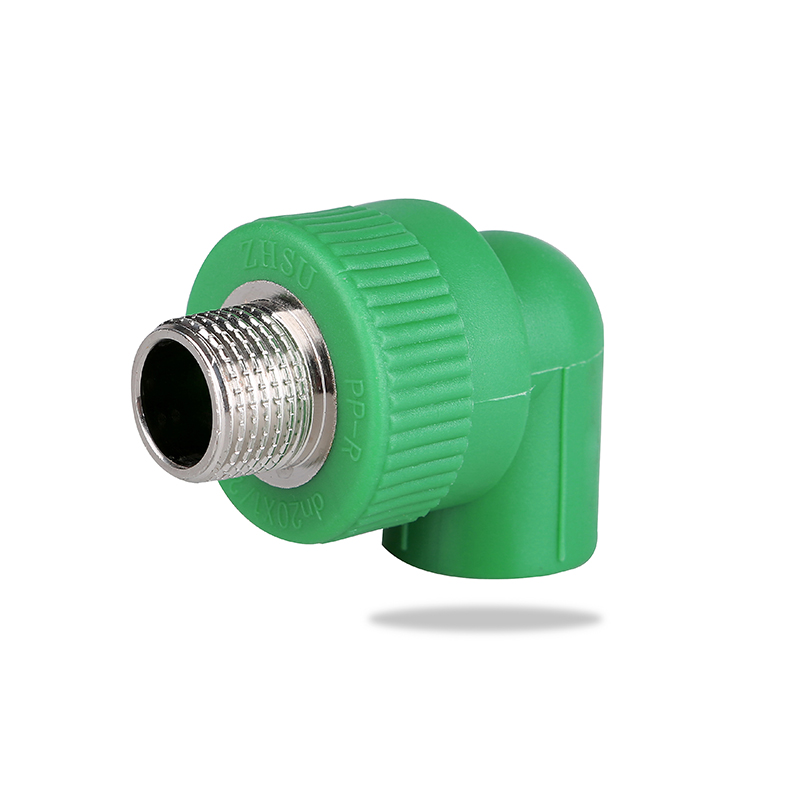We often receive this question from many of our customers who use PE pipe - what is the temperature that PE pipe can withstand? It actually refers to the temperature at which the PE pipe can be used. PE pipe is polyethylene plastic, commonly used in plastics, plastic bags, cling film, etc. HDPE is a highly crystalline, non-polar thermoplastic resin.
The surface of the original HDpe is milky white, and is translucent to a certain level in thin sections. PE has excellent resistance to most domestic and industrial chemicals. The low-temperature impact resistance of PE pipe is very good. The low-temperature embrittlement temperature of polyethylene is extremely low and can be used safely in the temperature range of -60-60°C. During winter construction, the material has good impact resistance.
The pipe will not be brittle, but do not use the PE pipe as a hot water pipe just because it can withstand a temperature of 60°C. This is incorrect as any material will physically change when overloaded for long periods of time, so it is advisable to reserve 20% of the space in various applications to be on the safe side.
In addition, PE pipe is also highly resistant to chemicals, so chemicals in the soil will not damage the pipe in any way. Polyethylene is an electrical insulator, so it will not rot, rust or electrochemically corrode, and it will not promote the growth of algae, bacteria or fungi. However, PE pipes will still change to a certain extent when encountering strong acids. The acid-base impact of Xishi is relatively large, so many chemical plants also use PE pipes as sewage and filtration engineering pipelines.

 简体中文
简体中文 English
English русский
русский Español
Español Français
Français عربى
عربى Português
Português 日本語
日本語 italiano
italiano Nederlands
Nederlands Polskie
Polskie
